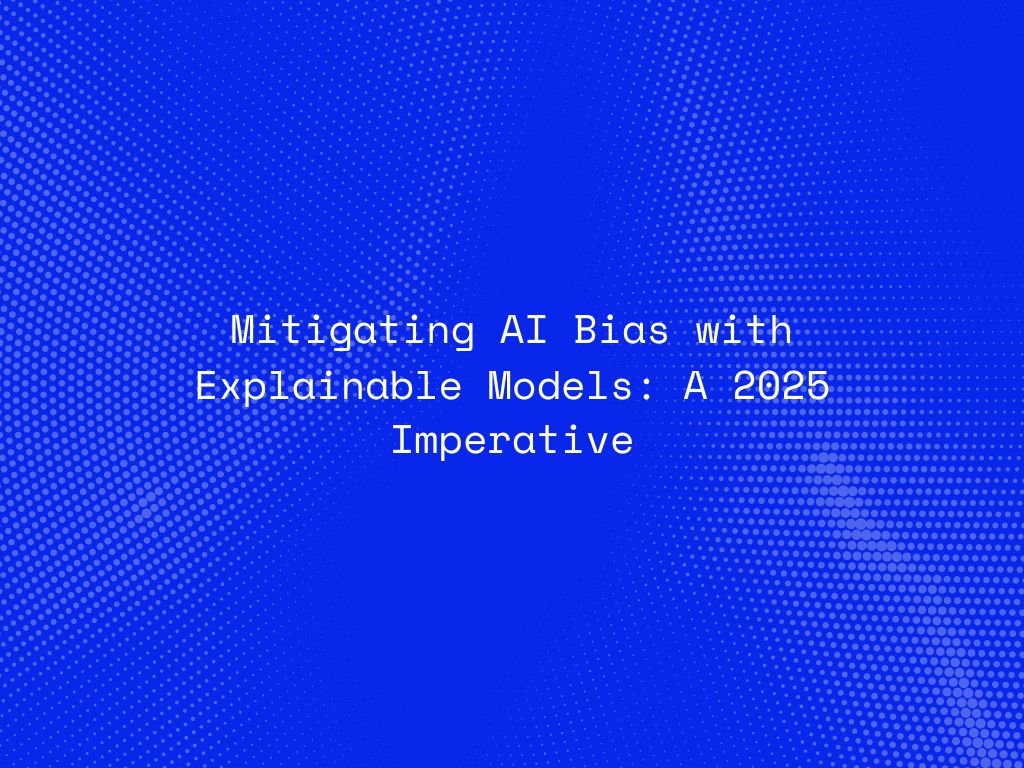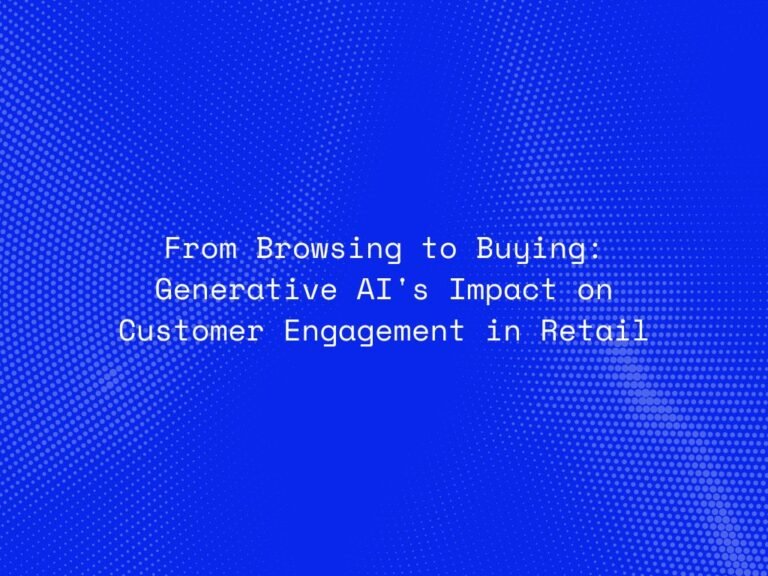As AI systems become deeply embedded in society—influencing hiring, lending, healthcare, policing, and beyond—the risks of bias and discrimination are more visible than ever. In 2025, mitigating AI bias is not just a best practice—it’s a legal, ethical, and business imperative. At the center of this challenge lies one powerful solution: explainable AI (XAI).
AI models, particularly deep learning and large language models (LLMs), often operate as “black boxes,” making decisions that even their creators struggle to interpret. When these models produce biased, unfair, or opaque outputs, the consequences can be severe—damaged reputations, regulatory penalties, and loss of public trust.
That’s why the push for explainable, interpretable, and auditable AI systems has become a cornerstone of responsible AI in 2025.
The Problem: AI Bias in Practice
AI bias typically arises from:
-
Skewed training data that reflects historical inequalities
-
Inadequate feature selection that introduces unfair correlations
-
Model design choices that prioritize performance over fairness
-
Feedback loops where biased outputs reinforce future behavior
Real-world examples include:
-
Loan approval systems denying credit disproportionately to minorities
-
Resume-screening tools penalizing applicants based on gender-coded language
-
Predictive policing models targeting historically over-surveilled communities
In these cases, lack of transparency compounds the problem. Stakeholders can’t understand—or challenge—how decisions are made.
Why Explainability Is the Key in 2025
Explainable models help mitigate bias by making AI decision-making processes:
-
Visible: What factors influenced the outcome?
-
Understandable: Can humans reason about the logic?
-
Accountable: Who is responsible if something goes wrong?
-
Auditable: Can external reviewers trace the steps?
With growing regulatory oversight from frameworks like the EU AI Act and upcoming U.S. federal guidelines, explainability is no longer optional. It is a core requirement for deploying AI in any high-risk application.
Types of Explainable AI Approaches
1. Intrinsically Interpretable Models
These are models designed to be understandable by default:
-
Decision trees
-
Linear regression
-
Rule-based systems
While often less powerful than deep learning, they are preferred in applications requiring full transparency (e.g., legal, healthcare).
2. Post-hoc Explanation Methods
These techniques provide insight into complex models after training:
-
LIME (Local Interpretable Model-Agnostic Explanations): Explains individual predictions by approximating them with interpretable models.
-
SHAP (SHapley Additive exPlanations): Assigns importance scores to each input feature.
-
Attention visualization in transformer models to highlight what the model focused on.
3. Counterfactual Explanations
These show how inputs could be changed to alter the outcome—for example:
“You would have been approved for a loan if your credit score were 50 points higher.”
This approach empowers users to understand and possibly act on AI decisions.

Building Explainability Into the AI Lifecycle
To be effective, explainability must be integrated across the AI lifecycle:
1. Data Collection
-
Ensure diverse, representative, and balanced datasets
-
Audit for sensitive variables (race, gender, disability status) and their proxies
2. Model Training
-
Choose models that balance accuracy with interpretability
-
Apply fairness constraints and debiasing algorithms
3. Testing and Validation
-
Run fairness tests across different demographic groups
-
Use explainability tools to detect hidden correlations or outliers
4. Deployment
-
Provide explanations to end users in accessible language
-
Log all decisions and their justifications for auditing purposes
5. Monitoring
-
Continuously track for drift, bias, and performance degradation
-
Incorporate feedback loops for human-in-the-loop governance
Explainable AI in Action: Industry Examples
Finance
-
Lenders must justify credit decisions under fair lending laws. XAI tools like SHAP reveal why an application was declined and suggest fair alternatives.
Healthcare
-
Diagnostic AI systems explain what symptoms or test results triggered a condition prediction, enabling doctors to trust and verify recommendations.
Human Resources
-
Resume-screening tools highlight which qualifications contributed most to a ranking—allowing hiring managers to detect bias before it impacts decisions.
E-commerce
-
Product recommendation engines show customers why an item was suggested (e.g., “You liked this brand and others bought it together”), improving trust and conversion.
Benefits of Explainable AI for Organizations
-
Builds User Trust: Users are more likely to engage with systems they understand.
-
Reduces Legal Risk: Transparent decision-making supports compliance with AI regulations.
-
Improves Performance: Detecting and addressing hidden biases improves model generalization.
-
Enables Better Debugging: Developers can quickly identify and fix problematic logic.
Challenges and Limitations
Despite its promise, explainable AI is not without challenges:
-
Trade-offs with Accuracy: Simpler models are easier to explain but may perform worse.
-
Misinterpretation: Poorly designed explanations can mislead or oversimplify.
-
Scalability: Generating real-time explanations for millions of users requires computing power and infrastructure.
Still, as AI becomes ubiquitous in decision-making, the demand for clarity and fairness outweighs these difficulties.
The Road Ahead: Responsible AI Is Explainable AI
As 2025 unfolds, organizations that fail to address bias risk falling behind—not just legally, but competitively. The companies leading the AI revolution are those that embed explainability into their products, platforms, and culture.
In the future, the question won’t be “Can your AI make accurate predictions?”, but rather “Can you explain them, justify them, and improve them when they fail?”
Conclusion
Mitigating AI bias with explainable models is not a technical preference—it’s a societal necessity. In 2025, trust in AI depends on transparency. And transparency depends on design, tools, and a commitment to human-centered accountability. As organizations reimagine their data infrastructure and AI strategies, explainability must be a first-class citizen in every AI initiative.




